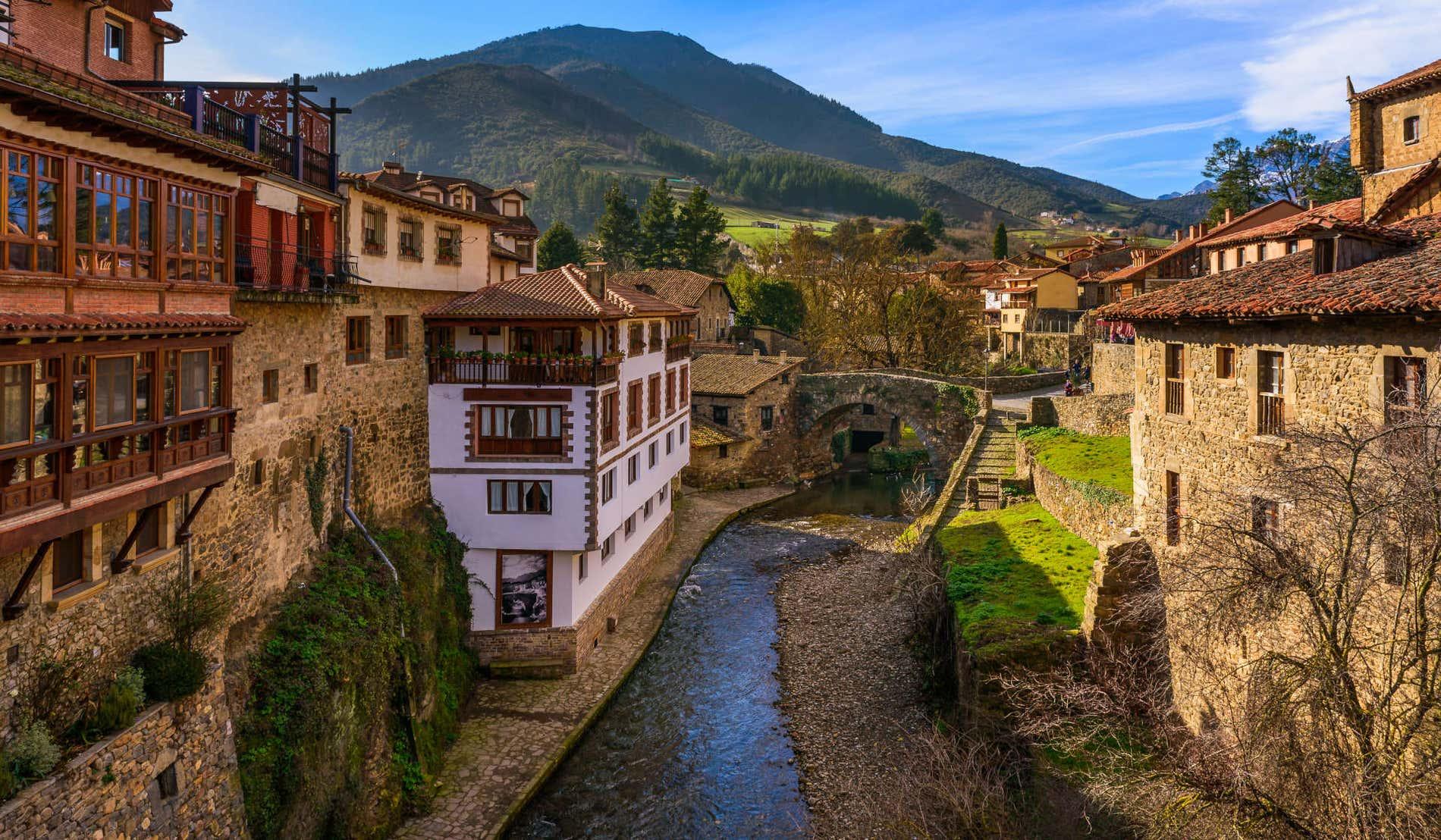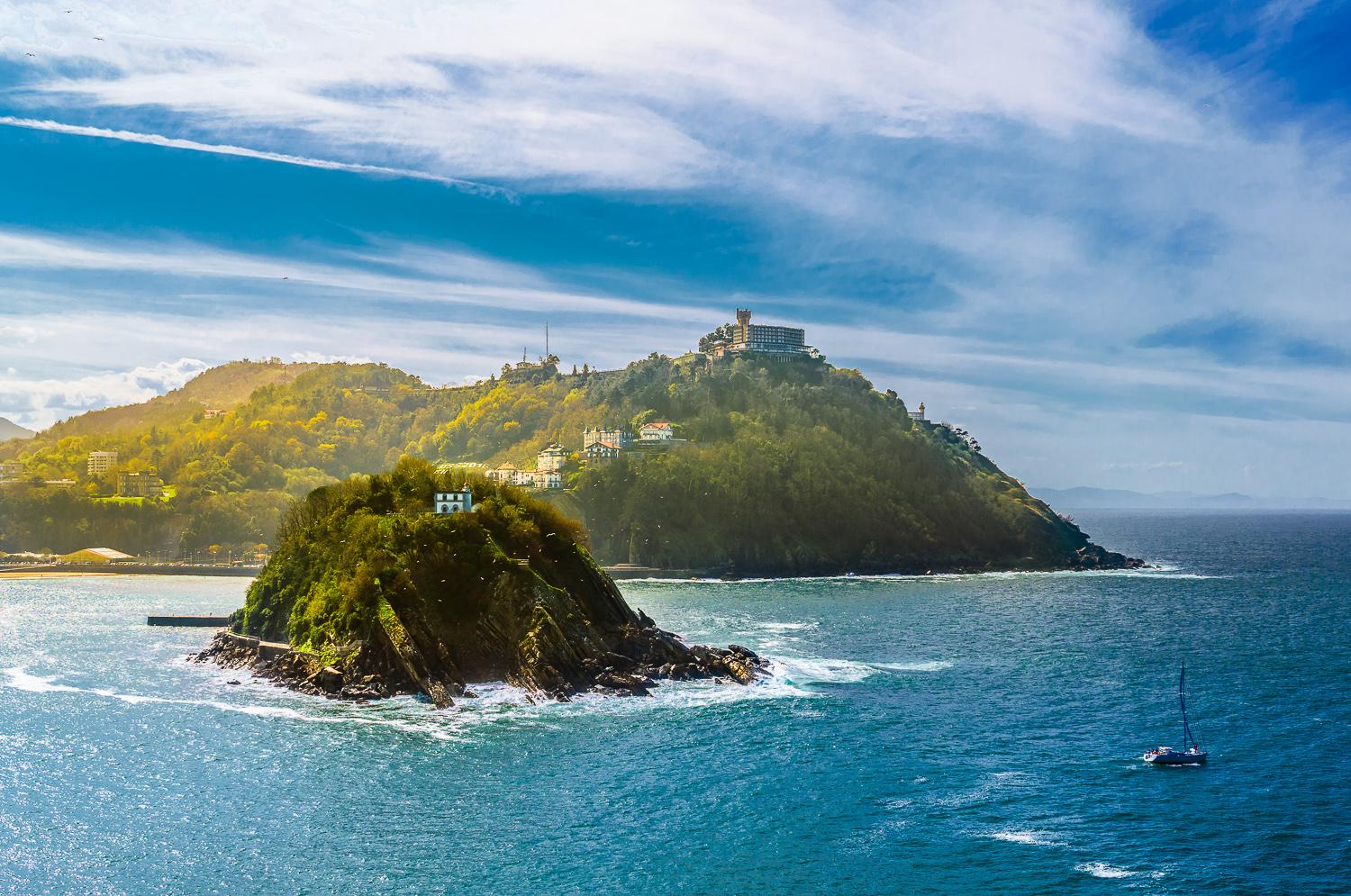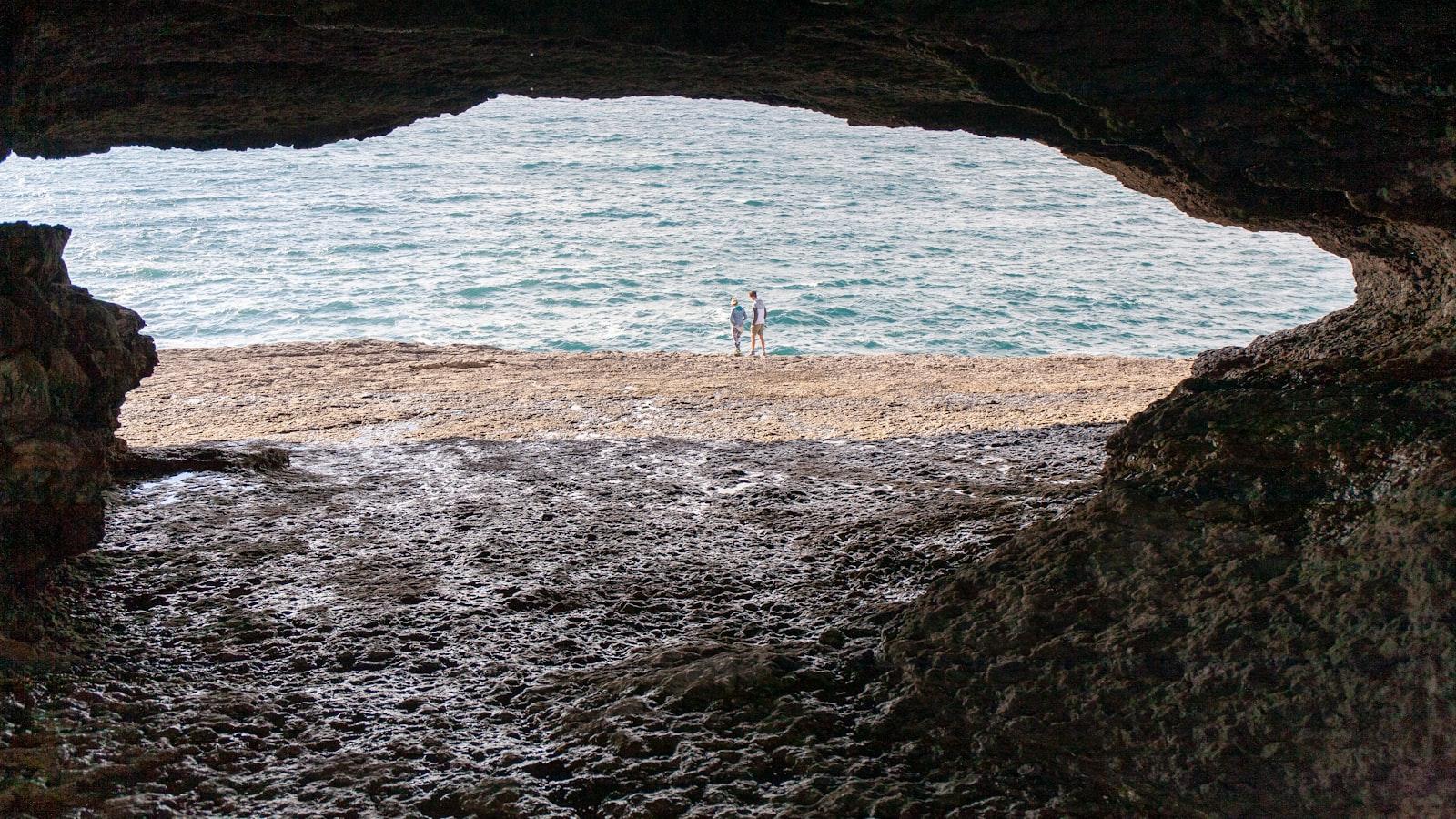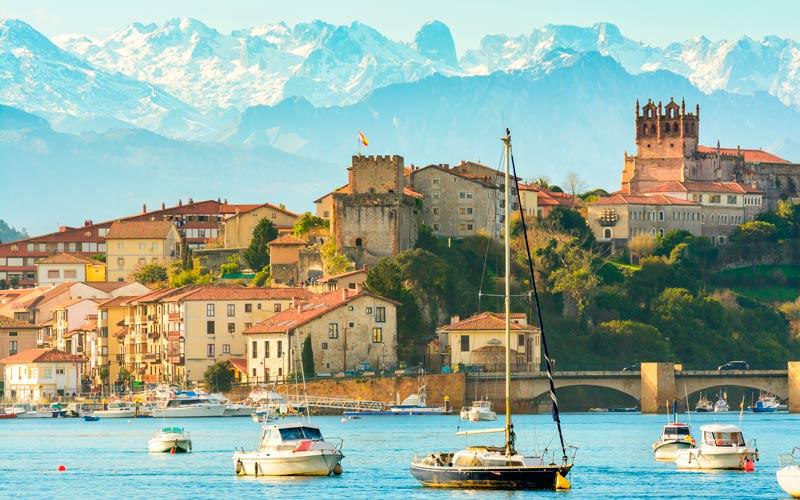Nestled between the rugged Picos de Europa mountain range and the lapping waves of the Bay of Biscay, Cantabria—a gem in northern Spain—strives to whisper rather than shout its presence on the global tourism stage. As destinations saturated with tourists buckle under the weight of their own popularity, this verdant paradise sends out a clear message: “We’re not the Ibiza of the north.” In a world increasingly enamored with mass tourism, Cantabria stands as a testament to the beauty of restraint and the value of preserving local charm and ecosystems. Through its rolling green landscapes, historic towns, and breathtaking coastlines, Cantabria offers an invitation to experience travel that prioritizes quality over quantity, meaningful connections over fleeting encounters. Join us as we explore how this region’s steadfast commitment to sustainable and responsible tourism is shaping its identity as a haven for those who seek to wander thoughtfully and tread lightly.
Cantabria’s Quiet Revolution Against Mass Tourism
In the verdant landscapes of Cantabria, a quiet revolution brews, signalling a stark departure from the well-beaten paths of mass tourism that dominate other Spanish coasts. This northern gem, with its emerald mountains and rugged coastline, has made a deliberate choice to preserve its natural and cultural integrity over succumbing to the relentless surge of vacationers that flood areas like Ibiza each year. Cantabrians have embraced a vision for sustainable tourism, focusing on quality over quantity, where visitors are invited to immerse themselves in the rich tapestry of local life, history, and nature. They’re crafting an experience that supports the local economy and protects their priceless landscapes for generations to come.
Notably, the region has implemented several initiatives to steer clear of becoming another casualty of overtourism. Sustainable lodging options are on the rise, with emphasis on eco-friendly materials and practices. **Adventure and eco-tourism activities**, such as guided nature walks, bird watching, and responsible cave explorations, encourage travelers to connect with Cantabria’s unparalleled natural beauty in respectful, low-impact ways. By promoting local crafts, cuisine, and festivals, Cantabrians are ensuring that tourism dollars benefit their communities directly. Below, a table showcases the contrast between typical mass tourist destinations and Cantabria’s approach, highlighting the commitment to a tourism philosophy that respects both people and place.
| Aspect | Mass Tourism Destination | Cantabria’s Approach |
|---|---|---|
| Lodging | Large chain hotels | Eco-friendly boutique accommodations |
| Activities | Standardized tours | Eco-tourism and local culture immersion |
| Impact | Environmental strain, cultural dilution | Environmental preservation, cultural enrichment |
| Economic Benefit | Concentrated on large corporations | Dispersed among local businesses |
Embracing Authenticity Over Crowds in Spain’s North
In the verdant, rolling landscapes of Cantabria, a region famed for its dramatic coastal cliffs and prehistoric caves, a quieter form of tourism is taking root. This is not the destination for those seeking relentless nightlife or sprawling beach resorts. Instead, Cantabria offers a sanctuary for the soul, a place where authenticity and serenity are not just valued but celebrated. Here, amidst the quaint fishing villages and rugged natural parks, travelers are invited to experience a different rhythm of life. The focus is on meaningful interactions with the local culture and environment rather than ticking off a list of tourist attractions.
Why Choose Cantabria?
- **Unparalleled Natural Beauty:** From the breathtaking Picos de Europa National Park to the serene beaches of Somo and Loredo, nature in its purest form is always within reach.
- **Rich Cultural Heritage:** Dive into the region’s prehistoric past with a visit to the Altamira Cave, or explore the charming medieval town of Santillana del Mar.
- **Gastronomic Delights:** The Cantabrian culinary scene is a hidden gem, featuring fresh seafood, hearty stews, and the iconic sobao pasiego (a traditional sponge cake).
- **Sustainable Travel Opportunities:** With a strong commitment to eco-tourism, Cantabria offers numerous ways to explore its natural and cultural treasures responsibly.
Fostering an immersive travel experience, Cantabria stands as a bastion for those seeking to connect with Spain in a more authentic, personal way. The region purposefully distances itself from the mass tourism model, advocating instead for a travel ethos that respects and preserves its unique identity. In doing so, Cantabria not only safeguards its heritage and landscapes but also promises a genuinely enriching journey for those who choose to venture off the beaten path.
Finding the Heart of Cantabria: Hidden Gems for the Thoughtful Traveler
In the embrace of green hills and rugged coastlines, Cantabria unfolds like a well-kept secret, a stark contrast to the pulsing beats and sun-drenched parties of Spain’s more frequented destinations. This northern gem attracts those seeking tranquility and an authentic glimpse into Spanish culture, away from the cacophony of mass tourism. Each hidden corner of Cantabria whispers tales of history, from the prehistoric cave paintings of Altamira, transporting you back 36,000 years, to the charming medieval streets of Santillana del Mar, where time seems to stand still. For the thoughtful traveler, it’s an invitation to immerse in a tapestry woven with the threads of serene landscapes, architectural marvels, and culinary delights that are as subtle in their flavors as they are profound.
Discovering the Lesser-Known: Cantabria is replete with spots that promise solace and wonder in equal measure. Consider the enchanting village of Bárcena Mayor, nestled in the heart of the Saja-Besaya Natural Park, its stone houses and cobblestone streets offering a snapshot of rural Spanish life. Or explore the serene beauty of the Collegiate Church of Santillana del Mar, a Romanesque marvel that has stood the test of time. Nature enthusiasts will find their paradise in the hiking trails of the Picos de Europa National Park, where the vistas stretch out in a breathtaking panorama of peaks and forests. Culinary adventurers are in for a treat too, with Cantabria’s rich gastronomy ranging from fresh seafood to hearty mountain stews, each a reflection of the region’s diverse terrain and traditions.
| Location | Attraction | Experience |
|---|---|---|
| Bárcena Mayor | Village Tour | Explore authentic Cantabrian village life |
| Saja-Besaya Natural Park | Hiking | Discover the rich biodiversity of Cantabria |
| Santillana del Mar | Collegiate Church Visit | Step back into Romanesque history |
| Picos de Europa National Park | Mountain Trails | Engage with Cantabria’s majestic landscapes |
| Local Markets | Gastronomy Tours | Savor Cantabria’s culinary delights |
Sustainable Adventures: How to Respectfully Explore Cantabria
Exploring Cantabria with a conscious mindset requires a blend of appreciation for its untouched beauty and a commitment to preserve its delicate ecosystem. First and foremost, embarking on adventures in this northern Spanish jewel means trading the trodden paths for mindful experiences. Opt for eco-friendly accommodations that blend seamlessly with the surroundings. From traditional stone houses renovated with sustainability in mind to quaint eco-lodges nestled in the verdant countryside, the choices are vast. Support local businesses by dining in farm-to-table restaurants and purchasing artisanal goods crafted in the region. This not only enriches your travel experience but also bolsters the local economy without straining its resources.
Beaches to Mountains: A Guide to Sustainable Exploration
- Pristine Beaches: When visiting the coastline, always stay within marked paths and avoid disturbing the natural habitats. The use of biodegradable sunscreen is a small but significant way to protect marine life.
- Lush Forests and Mountains: Cantabria’s hinterlands are a hiker’s paradise but remember to leave no trace. Pack out all trash, stick to designated trails, and keep wildfire safety in mind during dry seasons.
Engaging in activities like guided birdwatching tours or sustainable fishing trips can enhance your connection with Cantabria’s natural world, providing insights into its conservation. Local guides are not just companions but custodians of these lands, eager to share knowledge on how to appreciate the region responsibly. For those looking to learn more, participating in environmental workshops or volunteering for conservation projects can be a fulfilling addition to your journey.
| Activity | Location | Sustainability Tip |
|---|---|---|
| Cave Exploring | El Soplao | Use LED headlamps and avoid touching formations |
| Surfing | Somo Beach | Rent eco-friendly surfboards |
| Wildlife Watching | Cabárceno Nature Park | Keep a respectful distance from animals |
Embracing Cantabria’s call for sustainable tourism is more than an act of preservation; it’s a homage to the region’s spirit, ensuring that its landscapes and communities flourish. By adopting respectful habits and seeking out eco-conscious experiences, visitors can contribute to the charm and vitality of Cantabria, making it a cherished destination for generations to come.
To Conclude
As the sun dips below the horizon, casting its golden hues over the pristine beaches and verdant landscapes of Cantabria, one thing becomes crystal clear: this enchanting Spanish region dances to its own rhythm. Far from aspiring to the pulsating beats and crowded sands of the renowned Ibiza, Cantabria cherishes its tranquility, its unspoiled nature, and its rich cultural tapestry, weaving a narrative that is uniquely its own. It’s a land where every whisper of the wind, every wave breaking on the shore, and every cobblestone in its quaint villages tells a story of a community committed to preserving its serenity, heritage, and natural beauty.
In an era where mass tourism often threatens to erode the very essence of local cultures and environments, Cantabria’s firm stance is not just a declaration of identity but a beacon of inspiration. It invites us, as travelers, to redefine our explorations, to seek connections rather than collections, to immerse ourselves in the authenticity of places that stand resilient against the tides of transformation.
So, as we close this chapter, let’s consider Cantabria not as a destination that says no to visitors, but as one that invites a different kind of voyage—one of mindfulness, respect, and genuine curiosity. In the embrace of its mountains, the charm of its villages, and the tranquility of its beaches, we might just find a travel experience that doesn’t just pass through us, but enriches us, continually reminding us that in the quiet whispers of the world, there lies profound adventure. Cantabria beckons not just as the antithesis of Ibiza, but as a testament to the enduring allure of places that choose to tread lightly upon the earth, offering a unique and sustainable vision for the future of travel.




